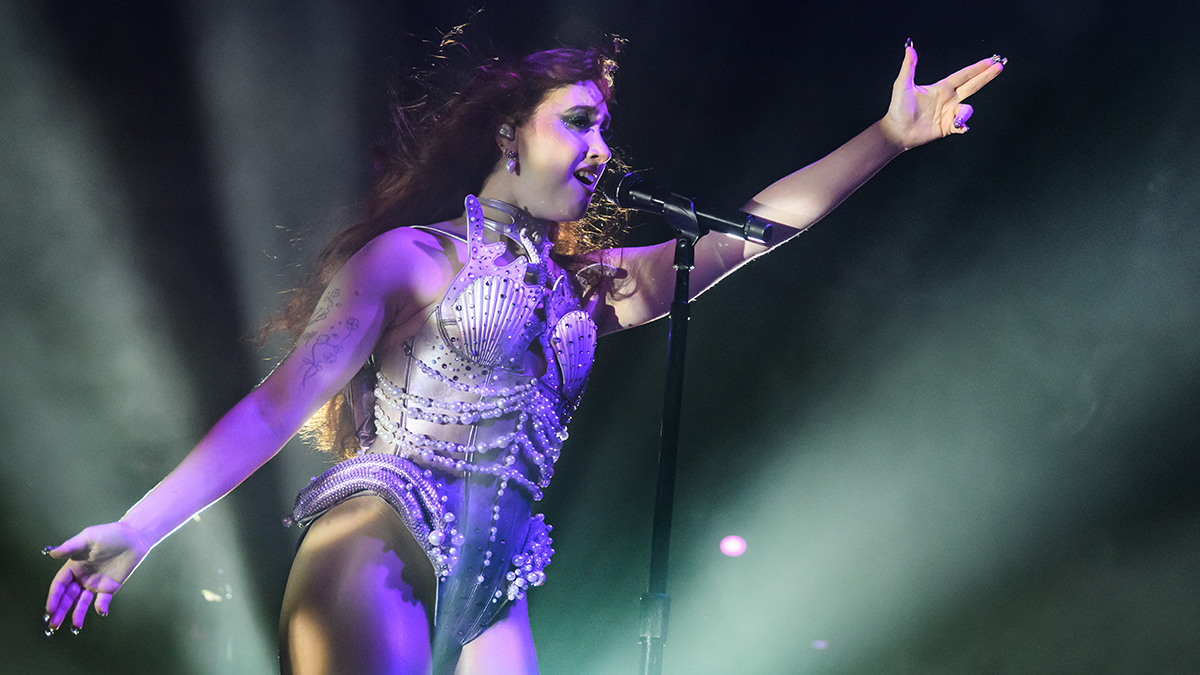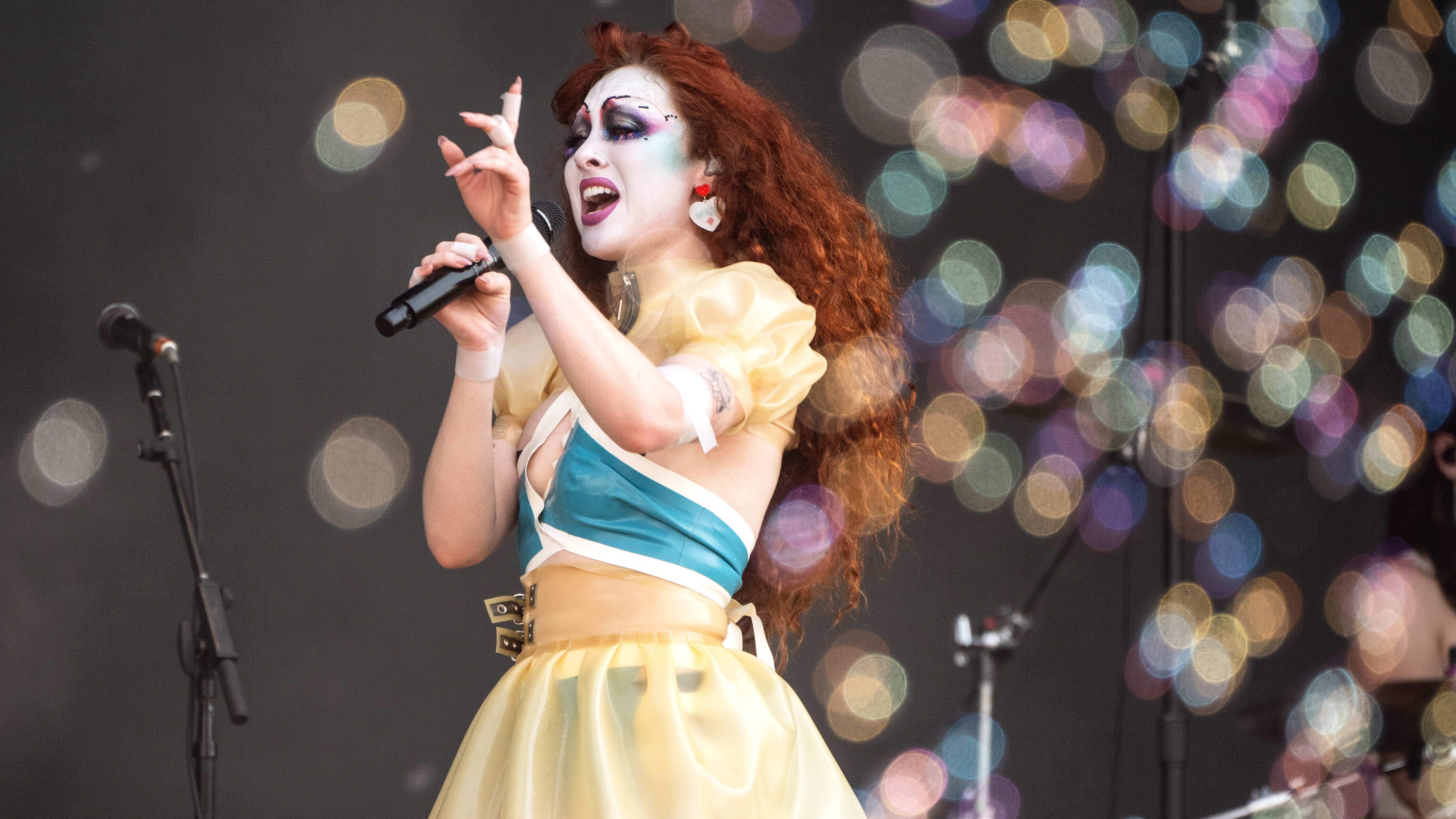“Chappell is one of the greatest singers I’ve ever worked with. Her voice can do things that most singers can never do”: Producer Dan Nigro breaks down Chappell Roan’s iconic Good Luck, Babe! vocal flips
“A lot of it is this kind of dance that we’re doing. What note is full voice? What note is falsetto?”
While some songs’ appeal is almost indefinable, identifying the main hook in Chappell Roan’s Good Luck, Babe! is almost too easy. The vocal swoops in the chorus - between falsetto and full voice - are instantly memorable, and have turned the song into one of 2024’s biggest and most iconic hits.
Now, in a new interview with Mix With The Masters, producer Dan Nigro has been discussing the making of Good Luck, Babe!, and how that earworm of a chorus came together.
“The vocals in general in this song were the hardest thing to get right,” he says. “Chappell is one of the greatest singers I’ve ever worked with. Her voice can do things that most singers can never do.”
Nigro goes on to dig into the details of the chorus’s vocal arrangement, diving into the Pro Tools session and showing how certain words - ‘bars’ and ‘start’, for example - are “hit hard”, while others are left to fly in Roan’s higher register.
“A lot of it is this kind of dance that we’re doing,” says Nigro. “What note is full voice? What note is falsetto?”
The producer reveals that there are nine vocal tracks making up the stack in the first chorus, 11 in the second and 13 in the third. “We keep on adding,” he confirms.
“It probably took Chappell and I like three days just to figure out what the vocal world should sit like,” says Nigro, though, in a previous interview with Variety, he noted that the production time overall was pretty drawn-out.
Want all the hottest music and gear news, reviews, deals, features and more, direct to your inbox? Sign up here.
“It's a song we wrestled with for a while,” he recalled. “We laid down a demo, and the two of us felt like it wasn't right. We knew something was special about the song, but we couldn't tell what it was that we were getting wrong. So, we worked on it for a day, we put it away, and then a few months later, she came in for something else, and she was like, ‘What about that one song we wrote? I feel like there's something there.’”
Elsewhere in the multi-part video chat - which is available to paid-up members now on the Mix With The Masters website - Nigro endorses the commonly-held belief that, in the digital age, the various stages of creating a song blend into each other far more than they did in the past.
“Modern production, oftentimes it’s like, mixing is involved in it,” he says. “The vocal processing is like, I’m doing most of it - choosing how big a reverb is, how much delay is on it. That’s all stuff that I’m choosing before I send it to mix. They’re kind of all melded together - the songwriting, the production, the mixing. It’s like a constant evolution of a song as it’s going.”


I’m the Deputy Editor of MusicRadar, having worked on the site since its launch in 2007. I previously spent eight years working on our sister magazine, Computer Music. I’ve been playing the piano, gigging in bands and failing to finish tracks at home for more than 30 years, 24 of which I’ve also spent writing about music and the ever-changing technology used to make it.


